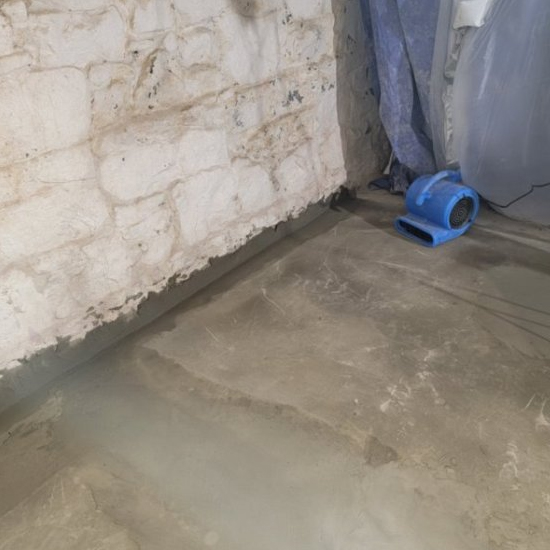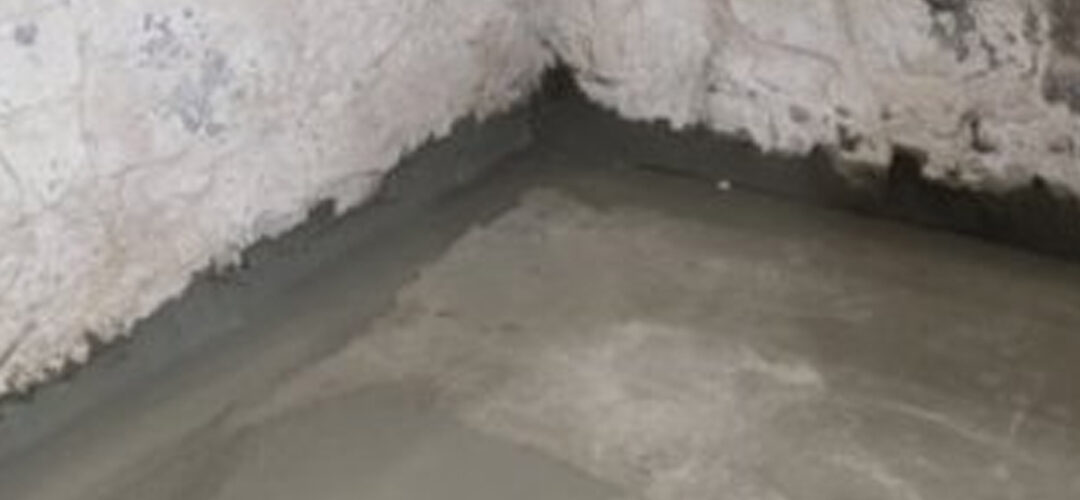Are you sick and tired of having your basement experience floods and leaks every rainy season? Do you want to clean up and spot new mold spores every other day in your basement? Or do you want peace of mind knowing that whatever water leaks in the basement, your home will not suffer from water damage? One effective solution to address these issues is to implement basement waterproofing methods.
Whatever the reason, it’s a good idea to spend money on basement waterproofing for your house so you may protect what is yours, prevent any losses, and save money rather than having to pay to restore a wrecked basement or replace damaged possessions.
You may be interested in the products and methods used in basement waterproofing if you’re trying to figure out how to fix a damp basement or prevent one from happening. Using waterproofing, drainage, and sealants, it is easy to dry out a basement and keep it that way. Still, you must select the appropriate method, parts, and contractors for your particular case. This is because every case is unique.
Here’s what you need to know about the top 3 best basement waterproofing methods.
1. Interior sealants that aid in waterproofing
 Water usually enters structures through fractures in the foundation’s concrete. Good news: These fissures are easily repairable from the inside. If you’re asking, ‘what is the cheapest way to waterproof a basement?’ The answer is sealants.
Water usually enters structures through fractures in the foundation’s concrete. Good news: These fissures are easily repairable from the inside. If you’re asking, ‘what is the cheapest way to waterproof a basement?’ The answer is sealants.
A special sealant is pumped into the gap, passing through to the outside, where it blocks off the passage for any potential leaks and moisture. These sealants often have lengthy warranties and a long lifespan. Although interior sealers effectively reduce humidity and leaks, they won’t perform to their full potential if the foundation is subjected to high hydrostatic pressure.
Another smart move is to use waterproof coatings within your basement. Concrete waterproofing coatings stick to concrete walls permanently and function effectively where there is little condensation or moisture issue. Sealants or waterproof coatings cannot repair significant leaks or basement flooding. These sealants are the perfect answer to the question, “Can a basement be waterproofed from the inside?”
2. Exterior waterproofing
To prevent moisture from harming your home’s foundation or the interior of your basement, exterior waterproofing aids in stopping water from entering your house in the first place.
This technique involves completely digging the house’s surrounding area down to the foundation. A waterproof coating is applied to seal the walls and divert any remaining water into a drainage system.
After that, the drain may be channeled to a sump pump or down a slope away from the foundation. With this technique, you can effectively prevent water from penetrating your basement and house through the foundation or the walls.
Though exterior basement waterproofing can be costly, it is worth it. This is because exterior waterproofing is permanent, has a longer lifespan, and can protect your home for longer.
3. Interior waterproofing
A sound drainage system is a terrific method to regulate water if it does manage to get into your house through a leak. Having a sump pump that gathers the water from within and pumps it outside your home is the simplest method to use drainage inside your basement.
Interior drainage systems work by pumping water out of the basement and draining it from beneath your home’s foundation. These drainage systems must be equipped to function in a power outage, a deluge, or significant snowfall and melting. Waterproofing basement walls from the inside means more protection against water damage.
If you’re facing any basement waterproofing issues and want them resolved permanently, contact Zavza Seal LLC today! You can call them today for a free estimate!
Related Blog Posts:
Related Services:
Our service areas:
Get A Free Estimate

